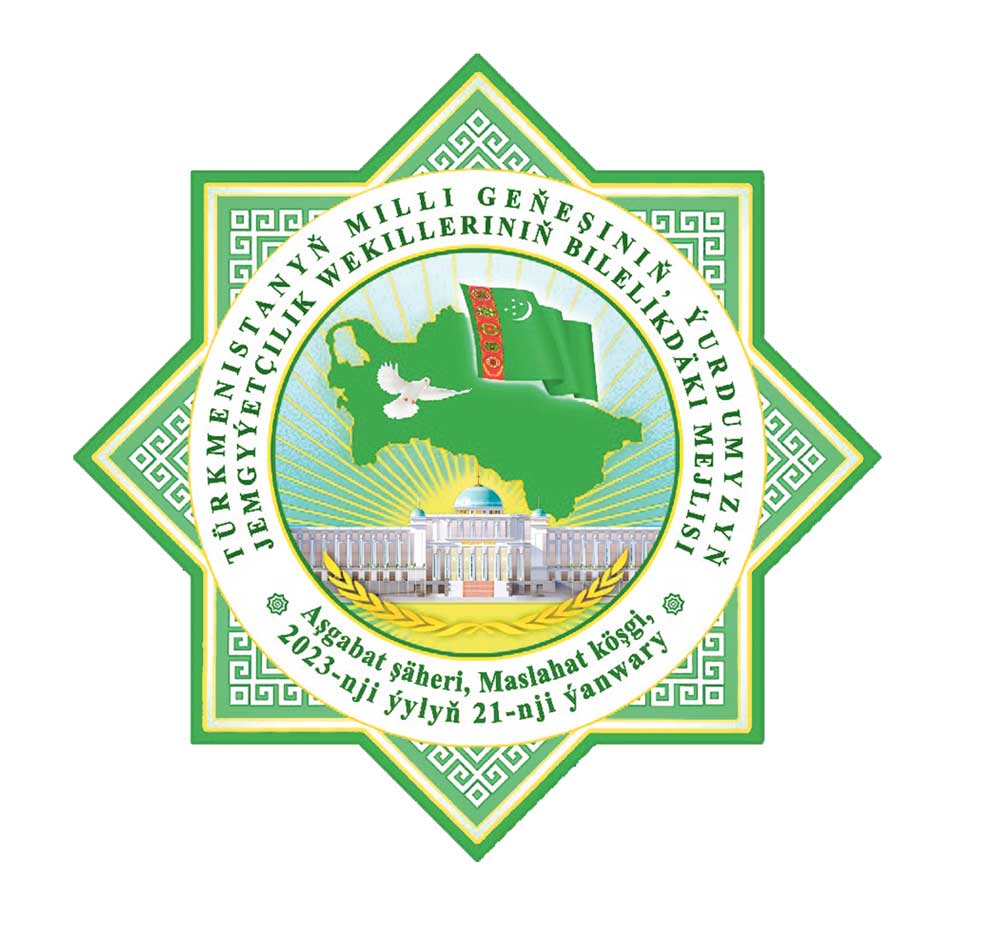As history testifies, with all the originality and variety of forms of exercising power in the vast majority of modern states, the functions of the highest body are entrusted precisely to representative bodies. In the science of constitutional law, popular representation is most often associated with representative bodies of power. According to constitutional theory and practice, one of the important organisational and legal means of expressing the interests of the people (of all strata of the population) has always been precisely the bodies of people’s representation. For Turkmenistan, this practice is also no exception.
After gaining sovereignty in 1990 and declaring state independence in 1991, Turkmenistan faced the problem of determining the path of its further national state building and forming fundamentally different institutions of power, and, ultimately, its own model of popular representation. With the adoption of the Constitution of Turkmenistan on May 18, 1992, a new era began in the history of national state building, characterised by a radical transition to a new type of state system. The formation of a new state system was carried out in combination with the revival of the institutions of people’s power, historically established among the Turkmen people.

